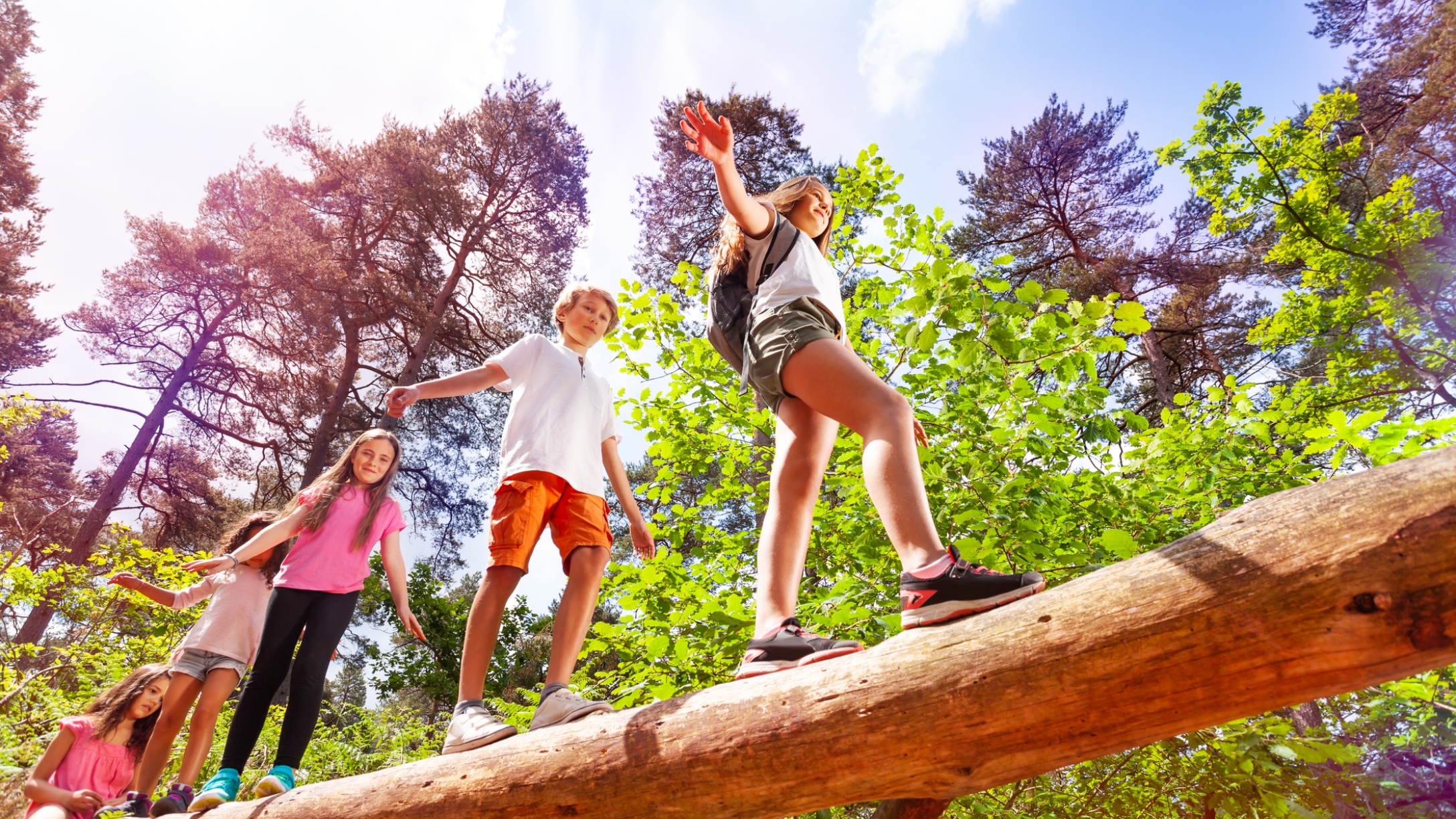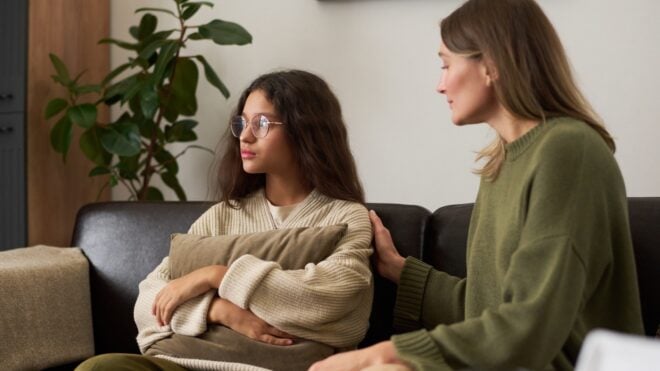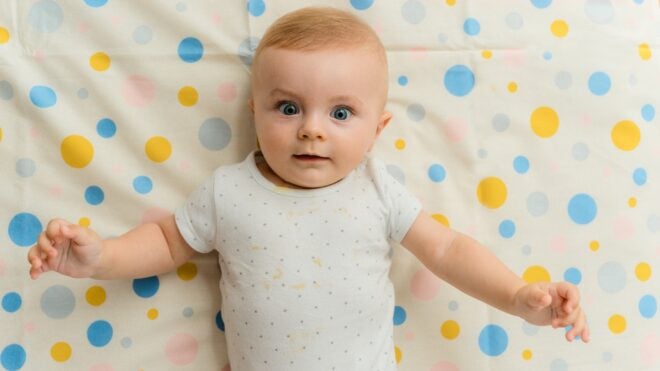
As back to school looms even closer, the debate over reopening schools could not be more fraught with tension. But just as some are arguing that sending kids back is the only way forward, others are pointing to recent outbreaks at day care centers and even sleepaway camps as a signal that we are not ready yet. In fact, a recent CDC report on a COVID-19 outbreak at one Georgia sleepaway camp has parents alarmed at the risk of a new surge as kids return to school, and health officials are hoping that the lessons learned here are heard far and wide.
The YMCA of Metro Atlanta opened for session in mid-June
In doing so, the facility welcomed more than 600 campers and 120 staffers, and implemented many of the CDC's suggested guidelines for summer camps. But as it turned out, not all of the guidelines were enforced — something that turned out to play a crucial role in what happened next.
Just five days after orientation, and a mere two days after the camp session began, a teen staffer began feeling sick. The next day, the teen tested positive for COVID-19.
The camp's reaction was swift
That very same day, campers began getting sent home, and three days later, the camp officially closed for the summer. But the damage had already been done.
According to CNN, test results have only been made public for 344 (or 58%) of the 597 campers and staffers who were present, but the stats from just that small sampling are already quite startling. A total of 260 (or 76%) tested positive for the coronavirus, which means that roughly 44% (260 of 597) of the entire camp got infected. (The Georgia Health Department says that not everyone was tested, and some out-of-state attendees were not counted in this analysis, so the rate could actually be higher.)
In short: The rate of the spread was pretty jaw-dropping — but to experts, that doesn't come as much of a surprise.
Looking back, the camp did make many missteps
For starters, only staffers — not campers — were required to wear face masks at all times. This became an even bigger issue when campers were indoors, since windows were not opened to provide for added ventilation.
There were other red flags, too.
Campers regularly engaged in "daily vigorous singing and cheering" as part of their camp activities, the report said, which might be responsible for transmitting the virus from person to person.
Skeptical? In May, the CDC reported on an outbreak found to be caused by a choir practice held in Washington state back in March. The story became one of the first major examples of how highly transmissable the virus truly is.
But there are other big takeaways, too
"Settings, like multiday, overnight summer camps, pose a unique challenge when it comes to preventing the spread of infectious diseases considering the amount of time campers and staff members spend in close proximity," the CDC wrote in a statement.
Hence, the reason why many parents and health officials are on edge about upcoming school reopenings, which may not be overnight, but do put students and teachers in close proximity to one another indoors.
The report is also a reminder that kids are not immune to the virus
Neither are teens and tweens.
In fact, other recent studies have signaled this — including one just last week which found that kids infected under 5 can carry up to 100 times as much of the virus as adults, and teens can carry just as much in their systems as adults.
The difference is, pediatric cases tend to be less severe, and are often asymptomatic, which means they may not fair badly from contracting the virus, but they could easily transmit the virus to an unwitting friend or family member. In the camp study, this actually turned out to be pretty common.
Only 136 cases had information available about each patient's symptoms, but a total of 36 (or 26%) of those reported had no symptoms at all. And of the other 100 who did have symptoms, they were relegated to a fever, headache, and sore throat. (It's unclear whether any patients required hospitalization, and no deaths were noted.)
Younger kids also contracted the virus in higher rates
In fact, 51% of kids between the ages of 6 and 10 tested positive, versus 44% of children in the 11 to 17 age range and 33% of those ages 18 to 21.
According to the study authors, these numbers shouldn't be ignored.
"This investigation adds to the body of evidence demonstrating that children of all ages are susceptible to SARS-CoV-2 infection and, contrary to early reports, might play an important role in transmission," they wrote.
Also of note? When researchers traced back the infections, they found that the attack rate increased the longer a person spent at camp — though staffers were the most at-risk, with an attack rate of 56%.
This isn't the only story of its kind to make headlines lately
Last week, Greenfield Central Junior High, in Indiana, became one of the first schools in the country to reopen to in-person classes. But within hours, it was shuttered due to a coronavirus scare, The New York Times reports.
According to the paper, the county health department called the school to alert them that one of their students had tested positive for the virus — after the student had entered the building, sat in various classrooms, and roamed the hallway among others.
"We knew it was a when, not if [situation]," Harold E. Olin, superintendent of the Greenfield-Central Community School Corporation, told the Times. Still, they were "very shocked it was on day one."
The school reacted promptly, by isolating the student and ordering everyone who had come into contact with them to self-quaratine for 14 days. Still, the incident begs a question parents everywhere have been asking over and over for months: Can schools really safely reopen in the fall, when just one infection can lead to hundreds of others — or, at the very least, mass hysteria?
For now, it seems, only time will tell.




